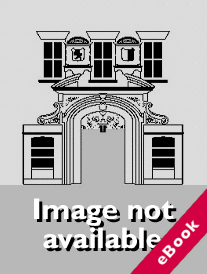
The device(s) you use to access the eBook content must be authorized with an Adobe ID before you download the product otherwise it will fail to register correctly.
For further information see https://www.wildy.com/ebook-formats
Once the order is confirmed an automated e-mail will be sent to you to allow you to download the eBook.
All eBooks are supplied firm sale and cannot be returned. If you believe there is a fault with your eBook then contact us on ebooks@wildy.com and we will help in resolving the issue. This does not affect your statutory rights.
The treatment of cultural colonial objects is one of the most debated questions of our time. Calls for a new international cultural order go back to decolonization. However, for decades, the issue has been treated as a matter of comity or been reduced to a Shakespearean dilemma: to return or not to return. Confronting Colonial Objects seeks to go beyond these classic dichotomies and argues that contemporary practices are at a tipping point.
The book shows that cultural takings were material to the colonial project throughout different periods and went far beyond looting. It presents micro histories and object biographies to trace recurring justifications and contestations of takings and returns while outlining the complicity of anthropology, racial science, and professional networks that enabled colonial collecting. The book demonstrates the dual role of law and cultural heritage regulation in facilitating colonial injustices and mobilizing resistance thereto.
Drawing on the interplay between justice, ethics, and human rights, Stahn develops principles of relational cultural justice. He challenges the argument that takings were acceptable according to the standards of the time and outlines how future engagement requires a re-invention of knowledge systems and relations towards objects, including new forms of consent, provenance research, and partnership, and a re-thinking of the role of museums themselves.
Following the life story and transformation of cultural objects, this book provides a fresh perspective on international law and colonial history that appeals to audiences across a variety of disciplines.